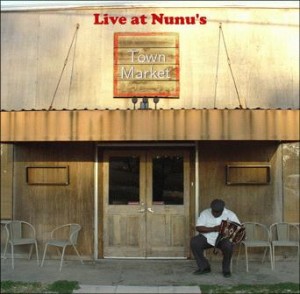Below are considered the "Big Three"-Three of the most well known and oldest accordion builders today.
Martin Falcon Acadian
While there may not be as prominent as the other three. These builders below are newer than the big three but still make high quaility boxes.
L'anse Grise & Heritage
Theres many more builders who build great accordions, the skill is usally passed down from builder to builder with some accordions being slighty different from others.
-----------------------------------------------------------------------------------------
Wikipedia describes the cajun accordion as: A squeezebox is single-row diatonic button accordion used for playing Cajun music.-History-
The Cajun accordion is generally defined as a single-row diatonic accordion, as compared to multiple-row instruments commonly used in Irish, Italian, polka, and other styles of music. The Cajun accordion has multiple reeds for every button and the number of reeds sounding is controlled by four stops or knobs. The Cajun accordion comes in different keys, each which produnce a different souding tune. The most common is C. D and B Flat are other well played keys. Its known that many accordion players chose the key of their accordion to match the pitch of their voice. (see Iry Lejeune for key of D, and Belton Richard for B flat.)
"Many different accordions were developed in Europe throughout the 19th century, and exported worldwide. Accordions were brought to Acadiana in the 1890s and became popular by the early 1900s, eventually becoming a staple of Cajun music.
Many of the German factories producing diatonic accordions for the United States market were destroyed during World War II. As a result, some Cajuns began producing their own instruments, based on the popular one-row German accordions but with modifications to suit the nuances of the Cajun playing style. Since the end of World War II, there has been a surge in the number of Cajun accordion makers in Louisiana, as well as several in Texas." wikipedia.org







